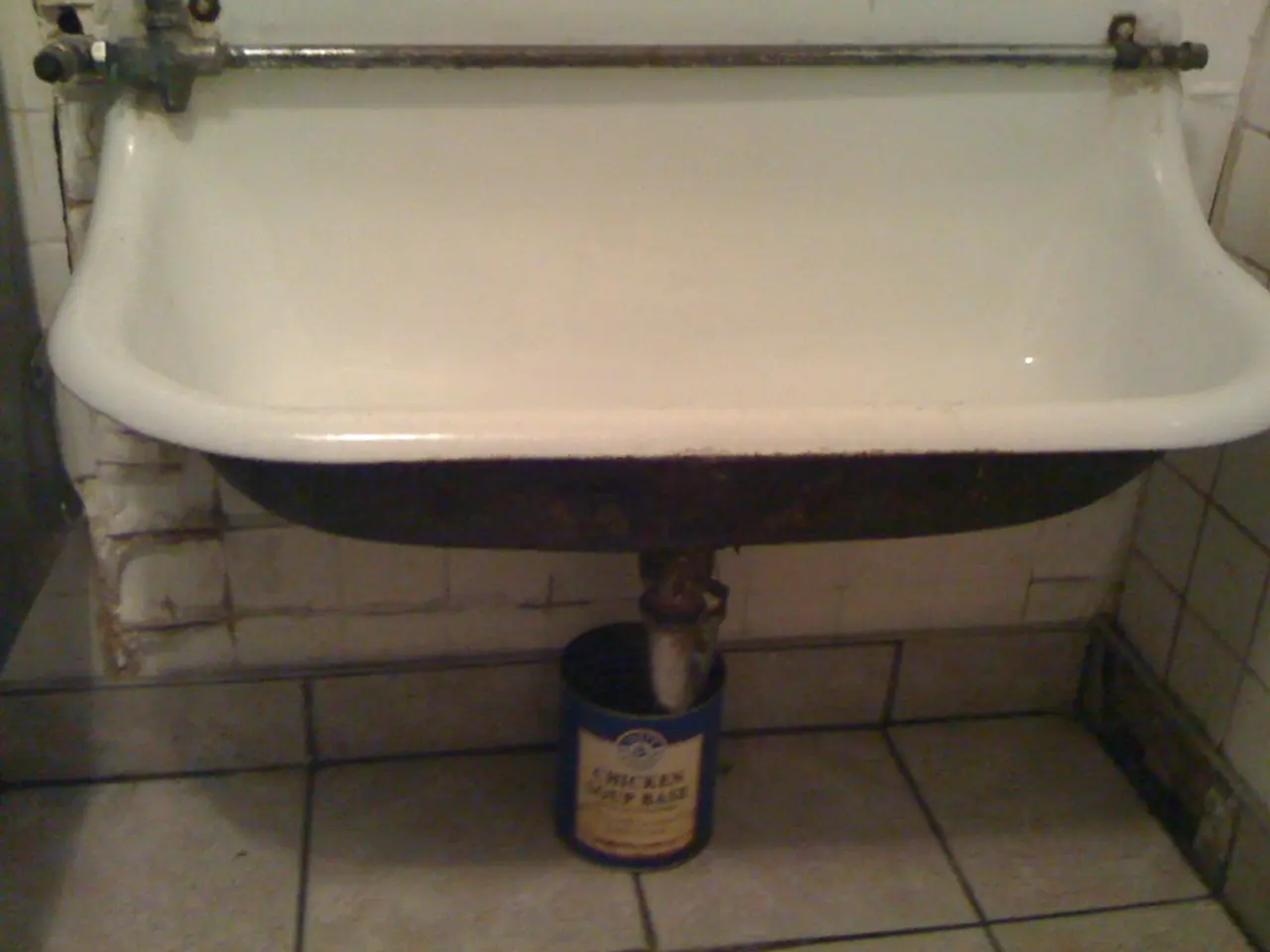Altering Hydrangea Colors Simplified: Simple Adjustments for Pink, Blue, and Purple Blossoms
In the vibrant world of gardening, one plant stands out for its ability to change colours – the hydrangea. Known for their versatility, hydrangeas can range from red buds, blue blooms, pink flowers, purple flowers, and white flowers, among others.
The secret to this colourful spectacle lies in the soil's pH levels. A nature lover, author, and gardener named Adriana Copaceanu, who specialises in growing lavender and raising chickens, explains that the soil's pH plays a significant role in determining the colour of hydrangea flowers.
Hydrangeas planted in pots offer more control over the soil conditions and thus the colour of the flowers. For instance, to achieve blue hydrangeas, one should aim for a soil pH lower than 6.0, typically producing blue or lavender-hued flowers. On the other hand, raising the pH levels of the soil can make hydrangea flowers pink. In slightly acidic or neutral soil (pH 6 to 7), hydrangeas may turn purple.
To achieve purple hydrangeas, testing the soil until it achieves a neutral pH range (6 to 7) is necessary. Conversely, to make pink hydrangeas blue, sulfur or aluminum sulfate can be added to the soil to lower the pH and make it acidic. Adding lime to the soil can raise its pH levels.
However, it's essential to note that there are limitations to changing the colour of hydrangeas. White hydrangeas do not change colour with pH adjustments. Additionally, the intensity of a hydrangea bloom's colour may be difficult to change, and deep shades of red may not be achievable in very hot climates.
It may take several attempts and months for the flowers to change to the desired colour. It's also crucial to test the soil before treatment and make changes gradually to avoid stressing the plant. Excessive amendments can harm plant health, so it's advisable to limit soil additions to a few times per year and monitor plant response closely.
Some popular hydrangea varieties that can change colours include Nikko Blue Hydrangea, Endless Summer hydrangeas, and Let's Dance® Starlight Hydrangea. Soil composition, root health, and aluminum levels impact final flower colour; pH adjustment alone does not guarantee perfect colour shifts.
In summary, manipulating soil pH between acidic (under 6.0) and alkaline (above 7.0) conditions can change bigleaf hydrangea flower colour from blue to pink. However, results require patience, proper soil testing, careful amendment, and an understanding of plant health limitations.
- Adriana Copaceanu, a gardening expert who focuses on growing lavender and raising chickens, suggests that adjusting soil pH can alter the color of hydrangea flowers.
- For instance, to cultivate blue hydrangeas, one should maintain a soil pH below 6.0, promoting the growth of blue or lavender-toned flowers.
- Conversely, raising the pH levels in the soil can lead to pink hydrangea flowers, while keeping the pH slightly acidic or neutral may result in purple hydrangeas.
- It's essential to be patient when attempting to change the color of hydrangeas, as it may take several attempts and months for the flowers to transform.
- To cultivate a home-and-garden that features color-changing hydrangeas, consider planting organic vegetable gardens with proper soil conditioning and decorative flower arrangements according to desired colors such as the popular Nikko Blue Hydrangea, Endless Summer hydrangeas, and Let's Dance® Starlight Hydrangea.





